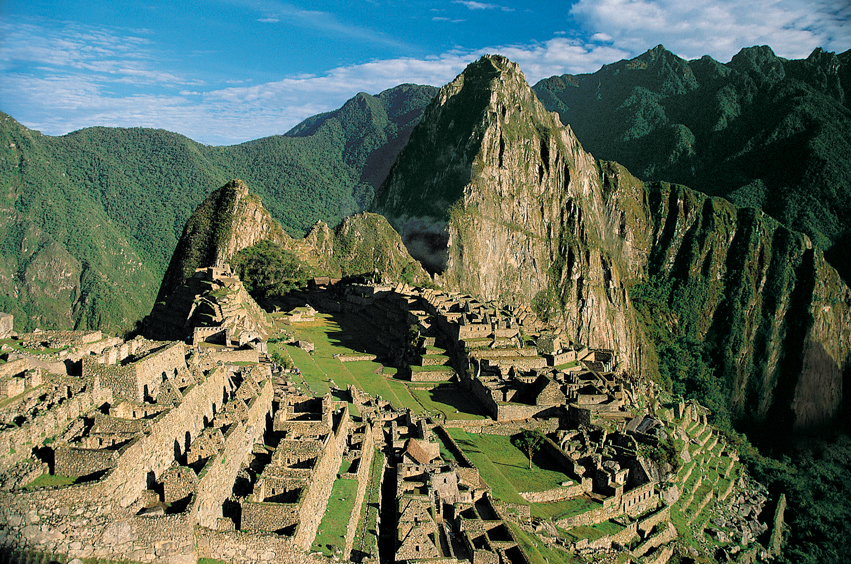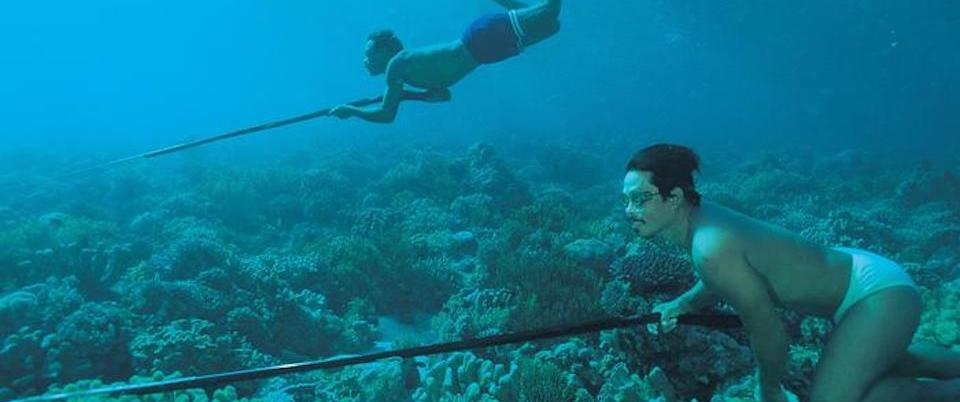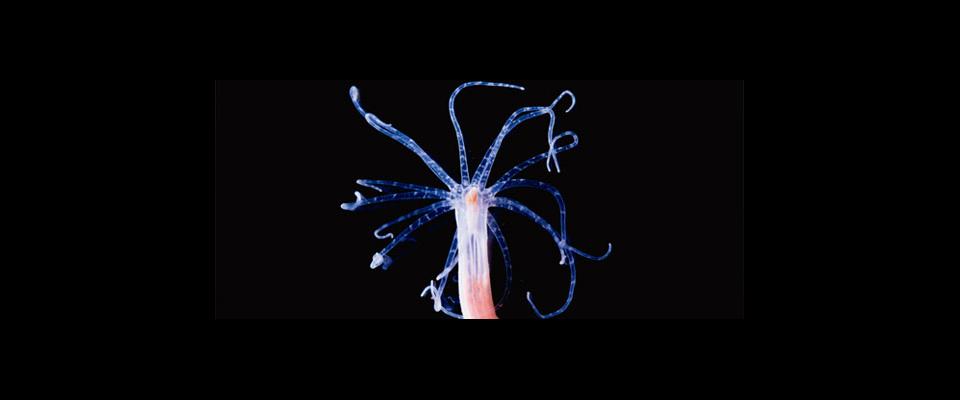The Bajau people, commonly known as “sea nomads,” live in coastal regions of the Philippines, Malaysia, and Indonesia. They spend some 60 percent of their working hours in the sea, foraging for food at depths of up to 230 feet below the surface. Bajau divers are known to hold their breath for several minutes at a time.
How do they do it? Researchers think they have found the key: larger spleens.
Findings like these are a reminder that humans, like all animals, are products of evolution.
The research was led by Melissa Ilardo, a Ph.D. candidate at the University of Copenhagen, who knew that some deep-diving seals had disproportionately large spleens and wondered if deep-diving humans might as well. To find out, she used ultrasound to compare the spleen sizes of the Bajau and their nondiving Saluan neighbors. Results showed that Bajau spleens were, in fact, 50 percent larger on average.
The spleen plays a key role in what biologists call the mammalian diving response. As explained by Rasmus Nielsen, UC Berkeley integrative biologist and coauthor on the study, when our face comes into contact with cold water, our heart rate automatically slows and our blood supply is redirected to our vital organs. And the spleen, which acts as a reservoir for red blood cells, contracts—literally squeezing oxygenated cells back into the bloodstream.
Nielsen, a population geneticist, had earlier found that high-altitude Tibetan populations have a genetic variation that prevents harmful blood thickening by regulating hemoglobin levels. When Ilardo reached out to Nielsen about conducting a similar study on the Bajau, he agreed to join.
To investigate the possible genetic origins of the splenic adaptation, Ilardo collected swabs of DNA from the Bajau and their neighbors. Comparing the two genomes revealed places where frequencies of gene variants differed—in one gene in particular, PDE10A, which affects thyroid hormone production. In mice, higher thyroid hormone levels have been shown to be correlated with increased spleen size.
“The Bajau are quite convinced that they’re special and they’re better at diving than other people,” Nielsen says.
Such evidence suggests that larger spleens have indeed evolved in the Bajau over generations.
Ultimately, findings like these are a reminder that humans, like all animals, are products of evolution, Nielsen points out. “We’re not outside the laws of nature, even though we have very sophisticated culture and cities.”
He plans to continue studying populations that are subject to similarly extreme conditions, including other deep-diving groups such as the Moken in Burma and Thailand and the pearl divers of Japan. Long-term experiments on human populations aren’t feasible, let alone ethical, so studying populations in extreme environments allows Nielsen to “learn something about the interaction between genes and the environment that we otherwise can’t learn, or is very difficult to learn.”
The research may also have practical applications, such as in trauma medicine. By understanding how people respond differently to oxygen deficiency, Nielsen says, scientists may be able to develop better treatment options for life-threatening conditions such as respiratory failure.
When asked if the Bajau themselves were surprised by the results, Nielsen said no. “The Bajau are quite convinced that they’re special and they’re better at diving than other people. So, for them, it’s quite obvious that there must be something in their bodies that is different.”






















